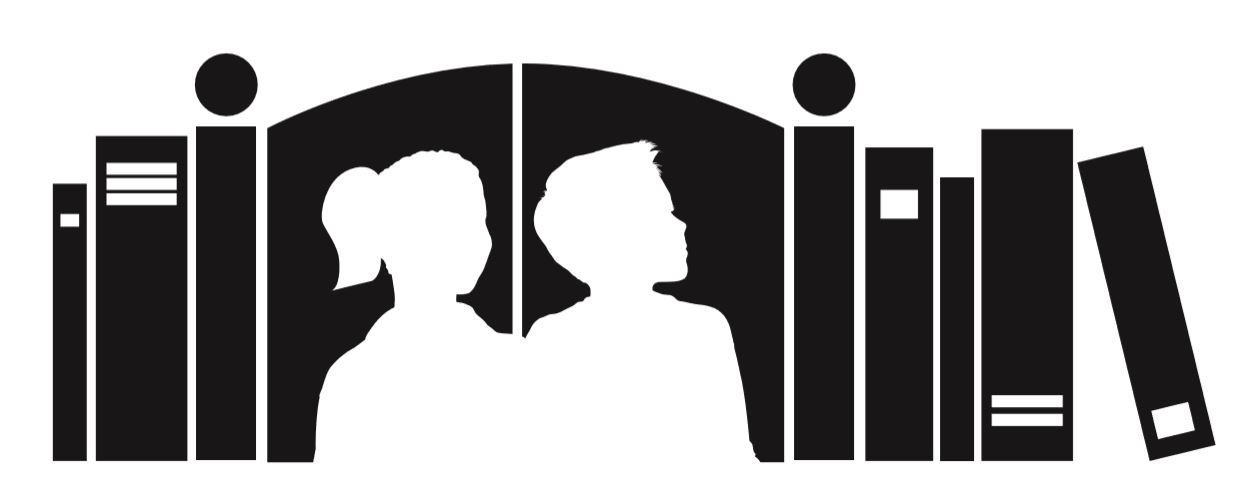A Guide to Dyslexia
DYSLEXIA IS…
…a neurological disorder that affects the way the brain processes information.
DYSLEXIA IS NOT…
…a disability or seeing words or letters backwards.
CHARACTERISTICS OF DYSLEXIA
(Source: International Dyslexia Association)
- Delayed spoken language
- Left/right confusion
- Difficulty rhyming words and sounds
- Poor sequencing of numbers/letters
- Difficulty sounding out, identifying, and spelling words
- Avoids reading aloud
- Difficulty organizing ideas to speak or write
- Slow to memorize alphabet and math facts
- Reading comprehension difficulties
QUICK FACTS
- Dyslexia affects 1 in 5 students.
- It is estimated that 15-20% of the population has dyslexia or another language-based learning disability.
- Dyslexia is the most common cause of reading, writing, and spelling difficulties.
- Dyslexia affects boys and girls equally.
- There is a genetic component.
- The child of a dyslexic parent has a 50/50 chance of inheriting dyslexic characteristics.
- It affects more children than all other childhood disorders (including autism, ADHD, etc.) Individuals no not grow out it; dyslexia cannot be cured.
- Reading problems do not go away with maturity.
- Waiting on support only results in months and years of academic struggles and resulting emotional fallout.
- Early intervention is the key. We can now identify children at risk for dyslexia as early as ages 4-5.
Helpful Links to Learn More About Dyslexia
What is dyslexia?
http://dyslexiaida.org/dyslexia-basics/
Characteristics of dyslexia
http://dyslexia.yale.edu/clues1.html
The Orton Gillingham Approach
http://www.ortonacademy.org/approach.php
International Dyslexia Association
http://dyslexiaida.org/
The Yale Center for Dyslexia and Creativity
http://dyslexia.yale.edu/
